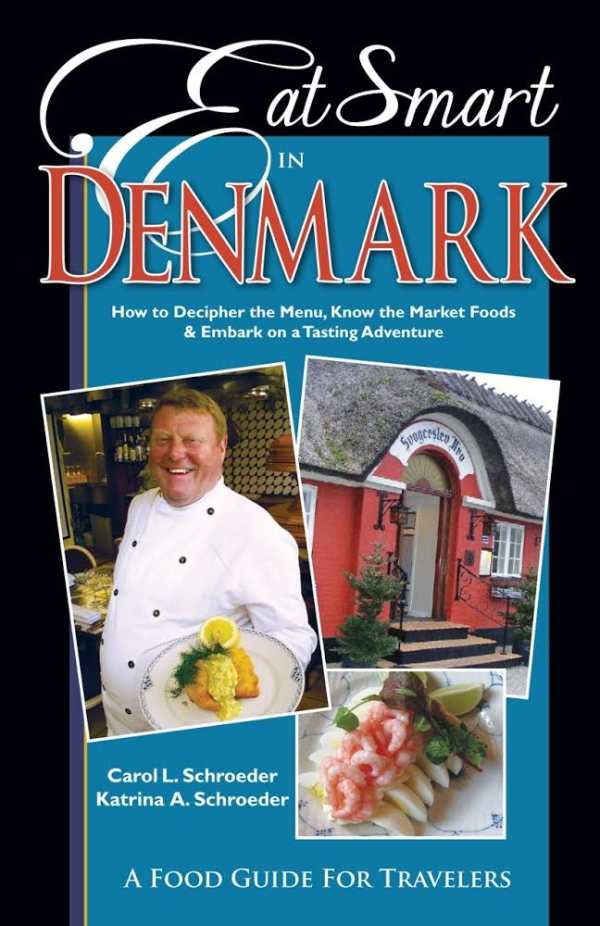Eat Smart in Denmark
How to Decipher the Menu, Know the Market Foods & Embark on a Tasting Adventure
- 2014 INDIES Finalist
- Finalist, Travel (Adult Nonfiction)
Aside from the fact that many favorite food dishes in Denmark are unpronounceable—unless, of course, you’re Danish—the country is one of the more robust foodie destinations in the world. It is not happenstance that Copenhagen’s Noma was rated #1 four times in the World’s 50 Best Restaurant Awards, sponsored by S. Pellegrino.
Restaurants range from French to Japanese, but Carol L. Schroeder and Katrina A. Schroeder, the authors of Eat Smart in Denmark, advise that when in Denmark, stick with the Danish thing. The Schroeders are an American mother and daughter who have embraced their heritage. Their romp through Danish diet runs from that of Paleolithic hunters, who favored reindeer, through to the Vikings, who were great at fermenting, and onward to the present day and what has been called the New Nordic Cuisine movement.
For a tourist, a sweet introduction might be a good old-fashioned gammeldags, a fancy ice cream cone, followed by a hit of salmiak lakrids, a salty licorice. Danes love ice cream and licorice. And then, a visit to the Iron Age kitchen in Ribe, Denmark’s oldest town, founded around 700, might be in order. There you can taste the fiskesuppe (fish soup) that the Tollund Man, whose remains are on display, so much enjoyed.
The book includes a number of recipes and also some helpful phrases for use in restaurants and food markets. In a restaurant, the first thing to say is Kan jeg se menyen (May I see the menu?), and the second thing to say is Hvad anbefaler du? (What do you recommend today?).
Reviewed by
Thomas BeVier
Disclosure: This article is not an endorsement, but a review. The publisher of this book provided free copies of the book to have their book reviewed by a professional reviewer. No fee was paid by the publisher for this review. Foreword Reviews only recommends books that we love. Foreword Magazine, Inc. is disclosing this in accordance with the Federal Trade Commission’s 16 CFR, Part 255.


